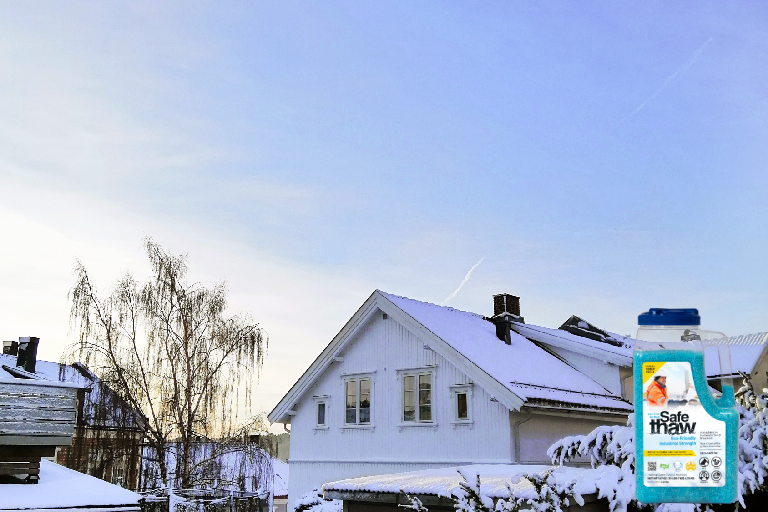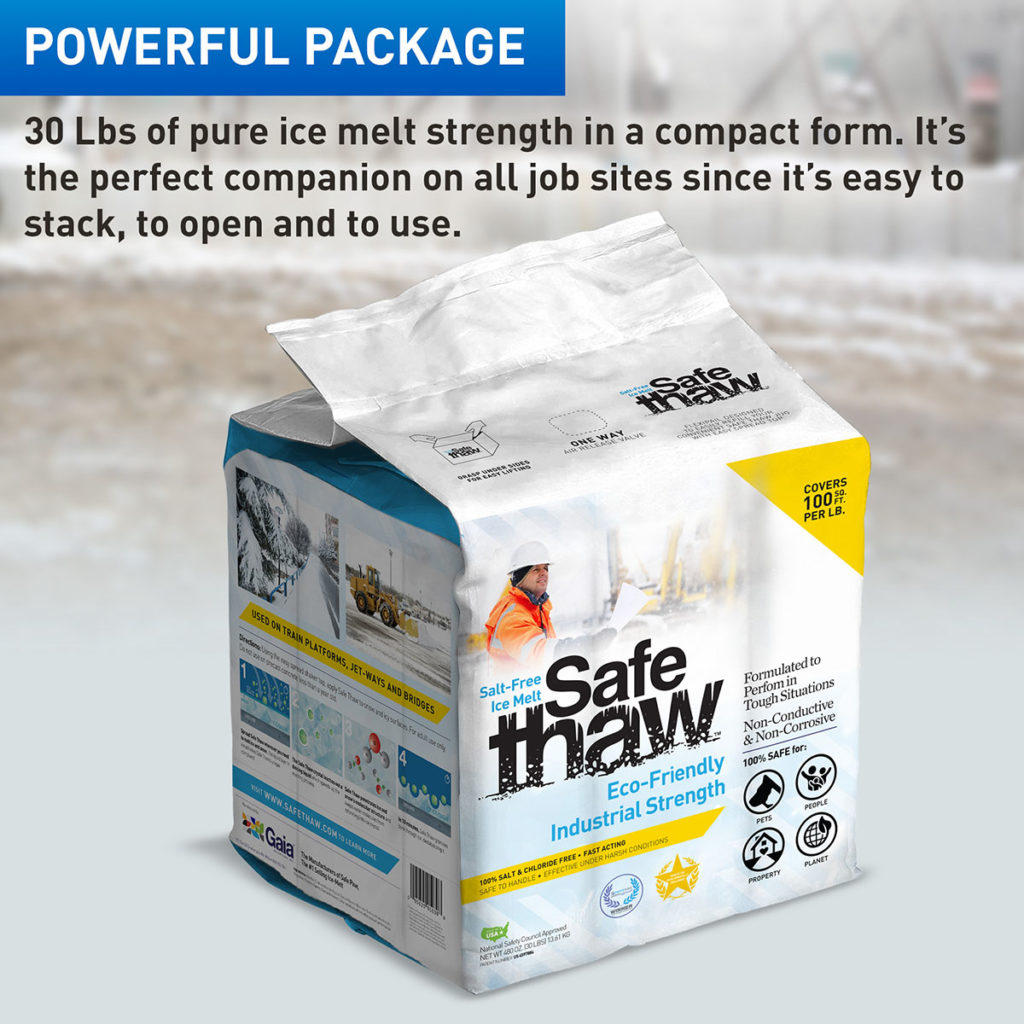Is It Safe To Use Ice Melt On Rubber Roofing?

If you have a rubber roof, then you’re likely wondering if it’s safe to use ice melt on it. The short answer is yes and no. Ice melt can damage your roof and cause more problems than just a slippery driveway. But there is safe ice melt for your roof that you can use.

Safe Thaw
Safe Thaw was created as the ice management solution for tough winter environments. Ideal in commercial and industrial properties, shops, government agencies, bridges, and construction.
For A Rubber Roof, You Want To Avoid Any Material That Is Abrasive. That’s Why It’s Best Not To Use Rock Salt On A Rubber Roof.
You should avoid using rock salt on a rubber roof. That’s because it has an abrasive texture, and the grains are much larger than pellets or granules. This means that they can cause serious damage to your roofing material, even if they don’t penetrate through the shingles.
When you use ice melt, you want something that will be gentle on the surface of your house and won’t scratch it up. The best way to make sure this happens is by avoiding rock salt altogether—or at least using a different type of ice melt for your rubber roofing!
Safe Ice Melt For Your Roof
If you need to melt ice and snow from your rubber roof, Safe Thaw is a great option. This product is non-corrosive and safe for use on rubber roofs, as well as concrete, asphalt, plants, and pets. It is also safe for children and animals of all kinds.
If it’s important for you to melt the ice and snow off your rubber roofing material before it causes damage or leaks into your home or business structure, then using Safe Thaw will help keep everyone safe while maximizing the effectiveness of their winter maintenance routine.
Don’t Use Calcium Chloride Or Salt
The answer to the question of whether or not it’s safe to use ice melt on rubber roofing is no. You shouldn’t use calcium chloride or salt, and you should especially not use rock salt. However, there are several things that can be used as alternatives that won’t harm your roof: Safe Thaw. It is the only ice melt product safe for concrete and other materials.
Ordinary Ice Melt Can Cause Damage To Your Rubber Roof.
Using any ice melt for your roof can cause damage, but some are more abrasive than others. Ice melts are either corrosive or non-corrosive. Non-corrosive ice melts won’t damage the rubber roofing material itself, but it will accelerate the aging process of any protective coatings you may have already applied to your roof. In other words, you need to be careful about what type of ice melt you choose for such an important task as protecting your rubber roof from harsh winter weather conditions.
100% salt & chloride-free, fast acting Ice Management Solution
Conclusion
We hope this article has given you some insight into what types of ice melt are safe for rubber roofs and which are not. We also hope that you will now be able to make an informed decision when it comes time to buy your next bag of ice melt.
Try Also Our Other Winter Safety Products:
Safe Paw
The Original and #1 Selling Pet and Child Safe Ice Melt for over 20 years. Guaranteed environmentally safe –It won’t harm animals or children, and it won’t damage your property. That’s Safe Paw. Safe Paw can change how winter affects our planet.

Walk On Ice
The handy disposable canister can be taken everywhere, with the same 100% naturally occurring minerals that provide instant traction on ice or snow. Use it on sidewalks, steps, or as an instant traction agent for your car.



